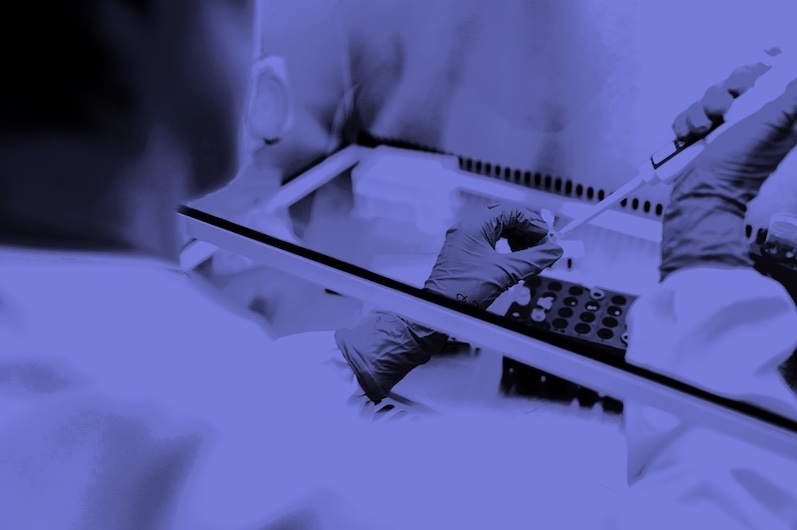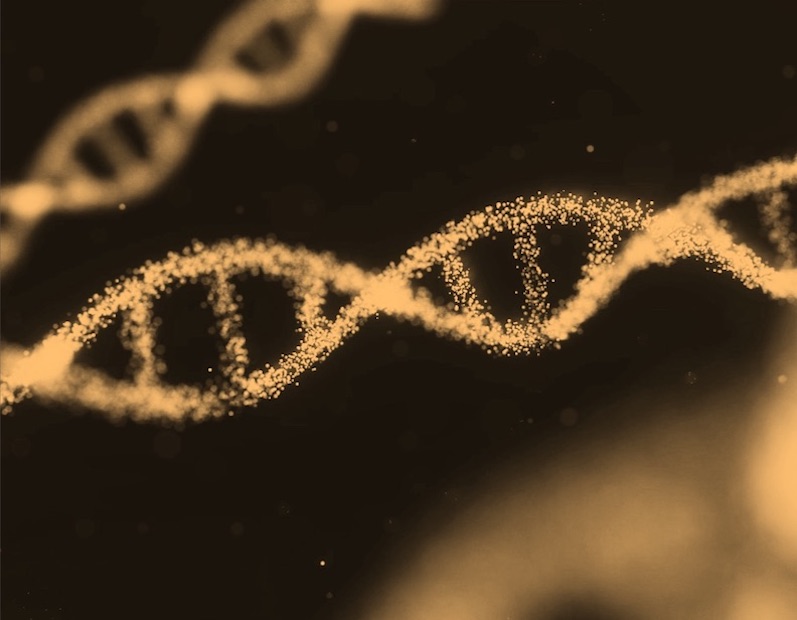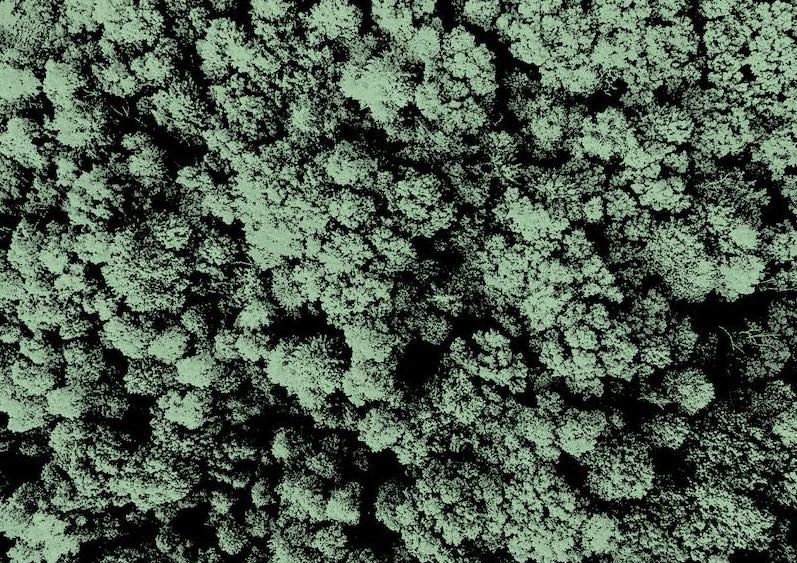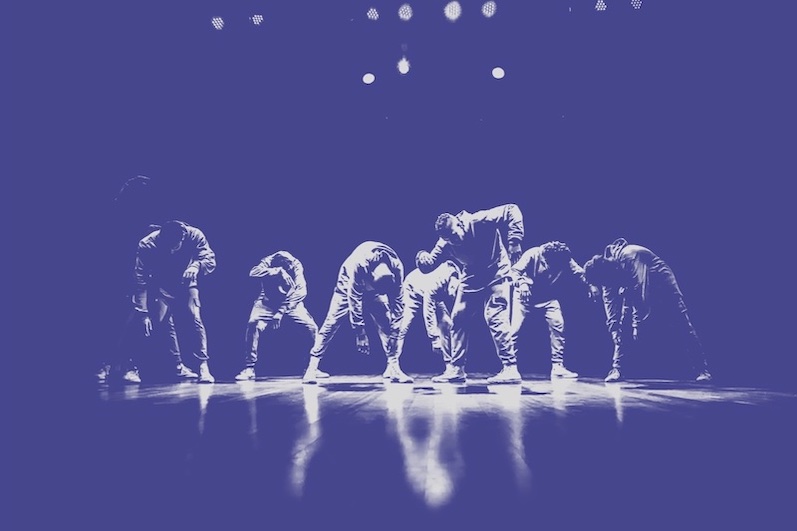What is it about?
Glaucoma represents dangerous ailment, which affected the nervous model and causes loss of vision. Several researchers developed automated discovery of glaucoma, but redundancy elimination is still challenging. Hence, this research study introduces an effective method for detecting glaucoma with deep neurofuzzy network (DNFN). Initially, the retinal image is input for preprocessing to remove the noises. Then, the optic disc (OD) detection and blood vessel segmentation are employed using the blackhole entropy fuzzy clustering algorithm and the DeepJoint model, respectively. Finally, the obtained OD and blood vessels are fed to the DNFN, wherein DNFN training is performed with newly devised MultiVerse Rider Wave Optimization (MVRWO). The newly developed MVRWO integrates the Water Wave Optimization, Rider Optimization Algorithm, and MultiVerse Optimizer. Finally, the output is classified based on the loss function of the DNFN. The developed MVRWO–DNFN obtained an elevated accuracy of 92.214%, a sensitivity of 93.422%, and a specificity of 92.34%
Featured Image
Why is it important?
Glaucoma is a serious eye disease that affects the optic nerve and can lead to vision loss if left untreated. Early detection and intervention are crucial for preventing vision impairment and blindness associated with glaucoma. While several researchers have worked on automated methods for detecting glaucoma, challenges such as redundancy elimination and accurate detection still persist. Addressing these challenges is essential for improving the effectiveness of automated glaucoma detection systems.
Perspectives
The developed MVRWO-DNFN model achieves impressive performance metrics, including an accuracy of 92.214%, sensitivity of 93.422%, and specificity of 92.34%. These results demonstrate the effectiveness of the proposed method in accurately detecting glaucoma from retinal images. The proposed method holds promise for clinical adoption as a tool for automated glaucoma detection. By leveraging advanced computational techniques and optimization algorithms, healthcare professionals can improve the efficiency and accuracy of glaucoma diagnosis, leading to better patient outcomes.
Balajee Maram
SR University
Read the Original
This page is a summary of: Glaucoma detection using hybrid architecture based on optimal deep neuro fuzzy network, International Journal of Intelligent Systems, March 2022, Hindawi Publishing Corporation,
DOI: 10.1002/int.22845.
You can read the full text:
Contributors
The following have contributed to this page







